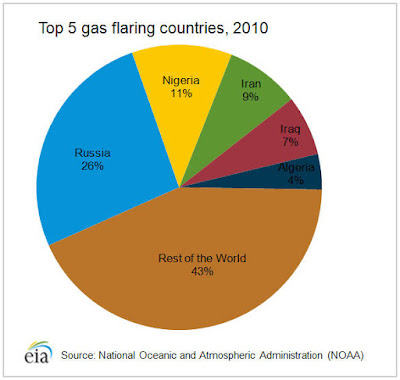Mills NL et al (2009) also suggested that through the induction of cellular oxidative stress and pro inflammatory pathways, particulate matter augments the development and progression of atherosclerosis via detrimental effects on platelets, vascular tissue, acute and chronic exposure to air pollution. Below is the mechanisms through which combustion-derived nano particulate matter causes acute and chronic cardiovascular disease suggested by Mills NL et al (2009)
Cardiovascular disease is a huge global problem, causing immense suffering and premature death, as well as placing severe strain on national healthcare budgets and family finances. Air pollution cause more than 3 million deaths worldwide each year and causes 3.1 percent of all cases of disability(Neumann, J 2014) .An expanded comprehension of the mediators and mechanisms of these process is essential in the event that we are to create strategies to ensure people at risk and reduce the impact of air pollution on cardiovascular disease.
Brook, R., 2008. Cardiovascular effects of air pollution. Clinical Science,115,
pp.175-187
Heart.org, (2016). Air Pollution and Heart Disease,
Stroke. [online] Available at: http://www.heart.org/HEARTORG/Conditions/More/MyHeartandStrokeNews/Air-Pollution-and-Heart-Disease-Stroke_UCM_442923_Article.jsp#.Voz8mvmT-Uk
[Accessed 6 Jan. 2016].
Mills, N.L., Donaldson, K., Hadoke, P.W., Boon, N.A., MacNee,
W., Cassee, F.R., Sandström, T., Blomberg, A. and Newby, D.E., 2009. Adverse
cardiovascular effects of air pollution. Nature
Clinical Practice Cardiovascular Medicine, 6(1), pp.36-44.
Neumann, J. (2014).
Air Pollution A Big Factor In Heart Disease, Experts Warn. [online] The
Huffington Post. Available at: http://www.huffingtonpost.com/2014/12/18/air-pollution-heart-disease_n_6348586.html [Accessed 6 Jan. 2016]



